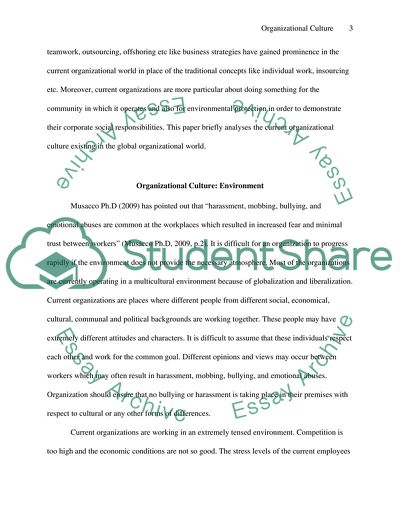Cite this document
(“The management of organisational culture is central to contemporary Essay”, n.d.)
The management of organisational culture is central to contemporary Essay. Retrieved from https://studentshare.org/miscellaneous/1571549-the-management-of-organisational-culture-is-central-to-contemporary-management-ideas-and-practices
The management of organisational culture is central to contemporary Essay. Retrieved from https://studentshare.org/miscellaneous/1571549-the-management-of-organisational-culture-is-central-to-contemporary-management-ideas-and-practices
(The Management of Organisational Culture Is Central to Contemporary Essay)
The Management of Organisational Culture Is Central to Contemporary Essay. https://studentshare.org/miscellaneous/1571549-the-management-of-organisational-culture-is-central-to-contemporary-management-ideas-and-practices.
The Management of Organisational Culture Is Central to Contemporary Essay. https://studentshare.org/miscellaneous/1571549-the-management-of-organisational-culture-is-central-to-contemporary-management-ideas-and-practices.
“The Management of Organisational Culture Is Central to Contemporary Essay”, n.d. https://studentshare.org/miscellaneous/1571549-the-management-of-organisational-culture-is-central-to-contemporary-management-ideas-and-practices.


